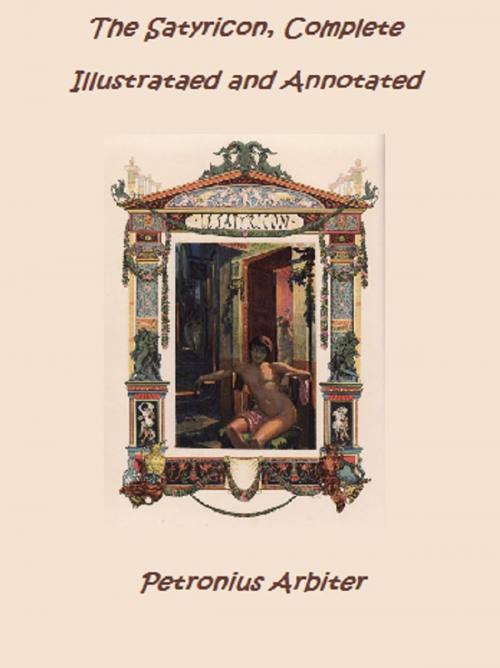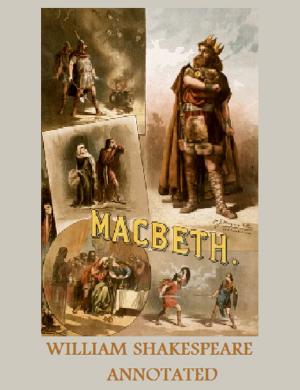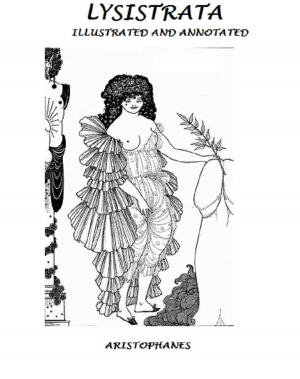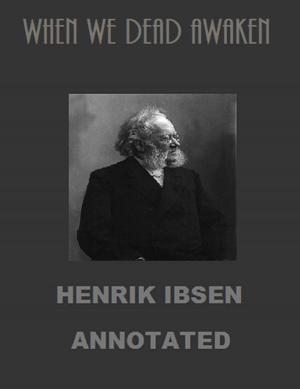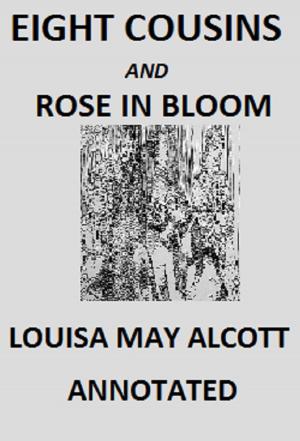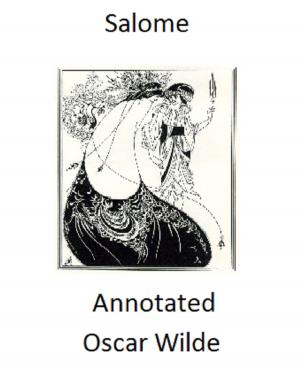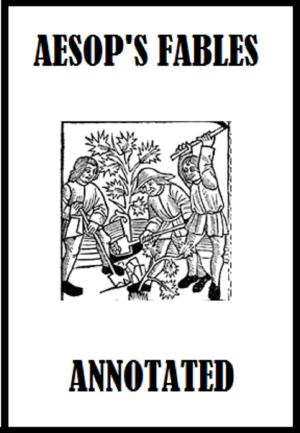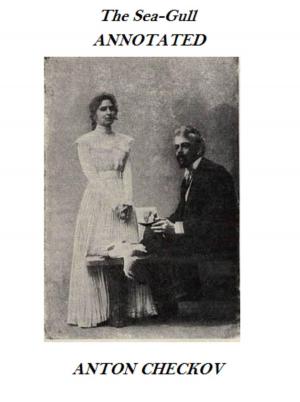The Satyricon of Petronius Arbiter (Illustrated and Annotated)
Nonfiction, Religion & Spirituality, Philosophy, Ancient, History, Ancient History, Rome| Author: | Petronius Arbiter | ISBN: | 1230000309516 |
| Publisher: | Bronson Tweed Publishing | Publication: | March 6, 2015 |
| Imprint: | Language: | English |
| Author: | Petronius Arbiter |
| ISBN: | 1230000309516 |
| Publisher: | Bronson Tweed Publishing |
| Publication: | March 6, 2015 |
| Imprint: | |
| Language: | English |
The Satyricon, or Satyricon liber ("The Book of Satyrlike Adventures), is a Latin book of fiction believed to have been written by Gaius Petronius, though the manuscript tradition identifies the author as a certain Titus Petronius. The Satyricon is an example of Menippean satire, which is very different from the formal verse satire of Juvenal or Horace. The work contains a mixture of prose and verse (commonly known as prosimetrum); serious and comic elements; and erotic and decadent passages. As with the Metamorphoses (also called The Golden Ass) of Apuleius, classical scholars often describe it as a "Roman novel", without necessarily implying continuity with the modern literary form.
This edition has formatted for your reader, with an active table of contents. It has also been extensively annotated, with additional information about the work and also about Petronius Arbiter, including an overview, history, main characters, plot, analysis, adaptations, and biographical information.
The Satyricon, or Satyricon liber ("The Book of Satyrlike Adventures), is a Latin book of fiction believed to have been written by Gaius Petronius, though the manuscript tradition identifies the author as a certain Titus Petronius. The Satyricon is an example of Menippean satire, which is very different from the formal verse satire of Juvenal or Horace. The work contains a mixture of prose and verse (commonly known as prosimetrum); serious and comic elements; and erotic and decadent passages. As with the Metamorphoses (also called The Golden Ass) of Apuleius, classical scholars often describe it as a "Roman novel", without necessarily implying continuity with the modern literary form.
This edition has formatted for your reader, with an active table of contents. It has also been extensively annotated, with additional information about the work and also about Petronius Arbiter, including an overview, history, main characters, plot, analysis, adaptations, and biographical information.
